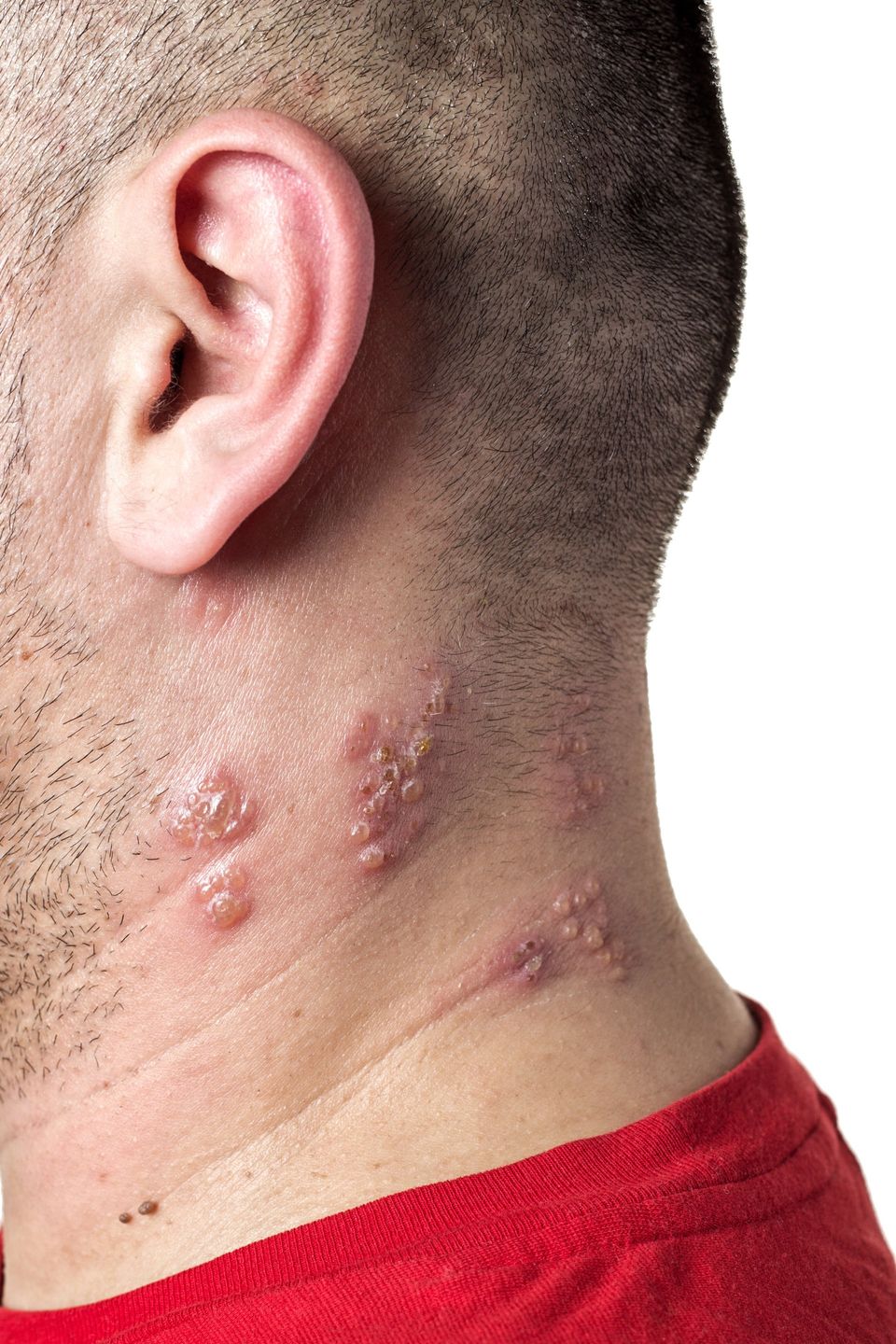SHINGLES

Also called herpes zoster, this disease is a viral infection that creates a painful rash. The outbreak typically wraps around one side of the torso -- hence the name shingles, deriving from cingulus, Latin for "belt." The disease is caused by the varicella zoster virus, which also is responsible for chickenpox. Seniors as well as those with a weak immune system are most susceptible to shingles.
SEEK HELP FOR THESE SYMPTOMS
* The skin is sensitive to the touch, and/or experiences pain, tingling, numbness and/or burning
* A red rash appears, followed by several days of pain
* Fluid-filled blisters erupt, then break and crust over
* Fever and headache
* Light sensitivity
* Fatigue
TREATMENT
Because there's no cure for shingles, drugs can only quicken the healing process and lower the risk of complications. Antiviral medications like acyclovir, famciclovir and valacyclovir -- sold under the names Zovirax, Famvir and Valtrex -- are typically used.
To lessen pain, doctors might prescribe Qutenza, a patch that contains capsaicin, a compound found in chili peppers that can help manage pain. They may also suggest anticonvulsants such as gabapentin, which helps shut down pain-producing neurons. For mild cases, there are over-the-counter analgesics like Tylenol and Advil. A vaccination is the only way to protect against shingles.
